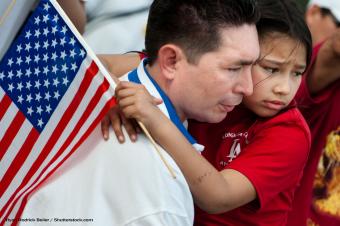Family Reunification
Family Reunification
Recent Activity
Recent Activity
Reports
April 2021
Los países de la región que se extiende desde Panamá hasta la frontera entre Estados Unidos y México enfrentan una importante oportunidad para fortalecer la cooperación en materia de migración. Este informe examina los pilares fundamentales que pueden sentar las bases de la cooperación regional. Además de evaluar la capacidad institucional, los marcos legales y las políticas migratorias, también identifica áreas clave en el desarrollo de capacidades.















Hampered by the Pandemic: Unaccompanied Child Arrivals Increase as Earlier Preparedness Shortfalls Limit the Response